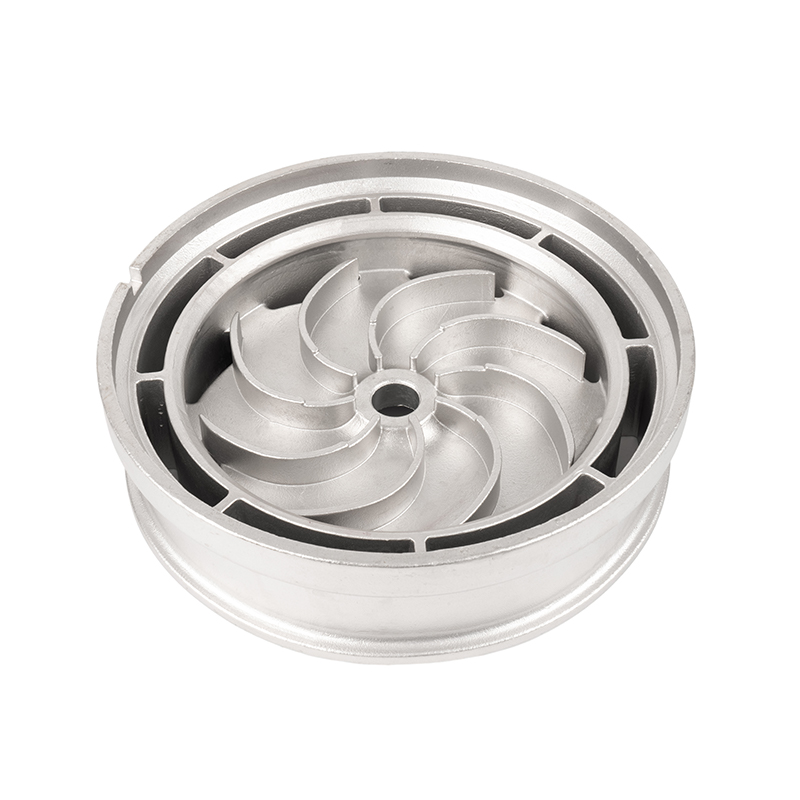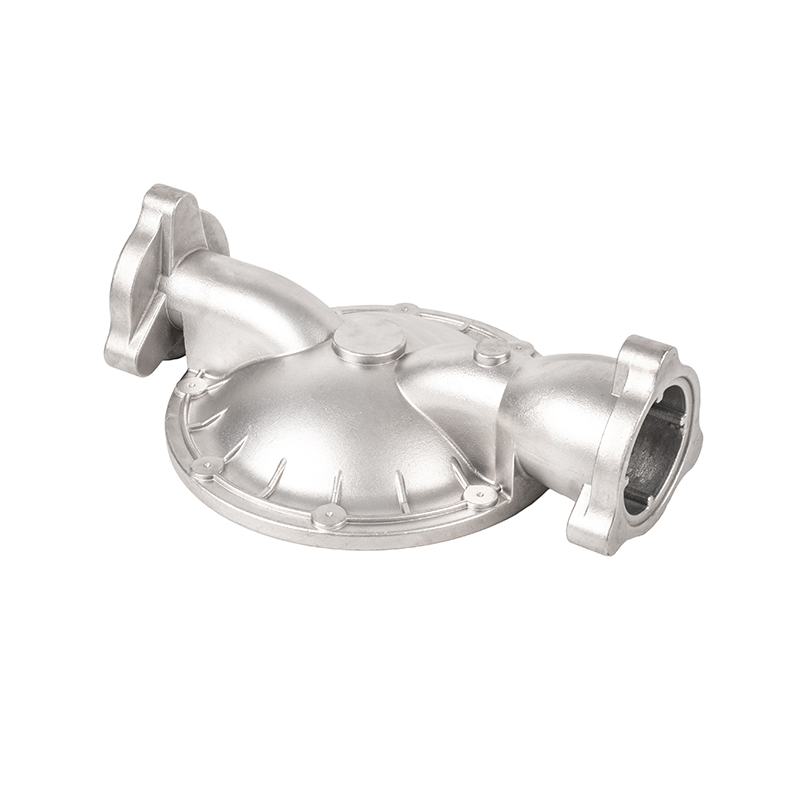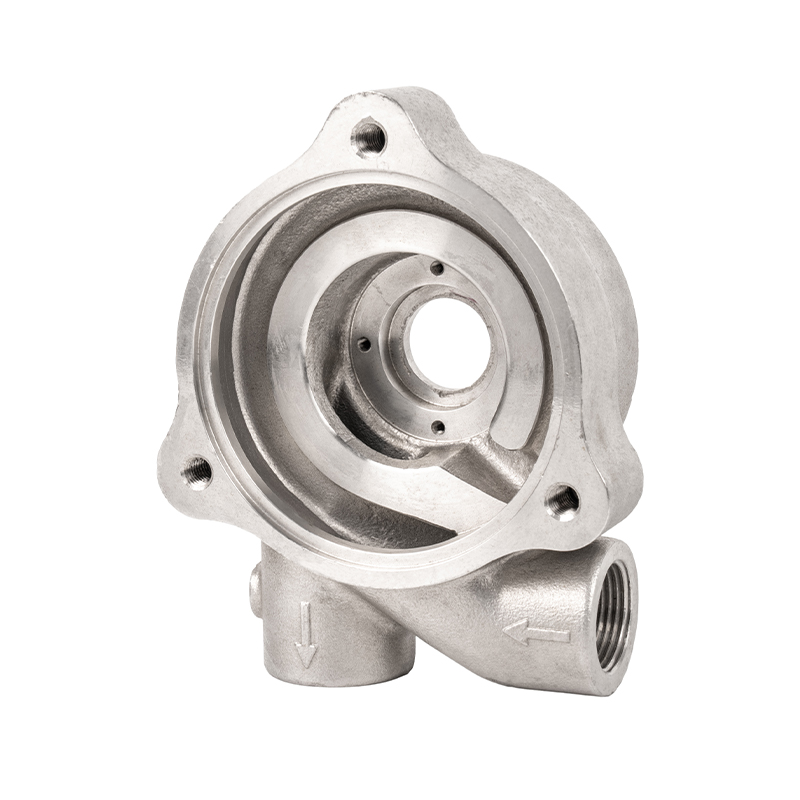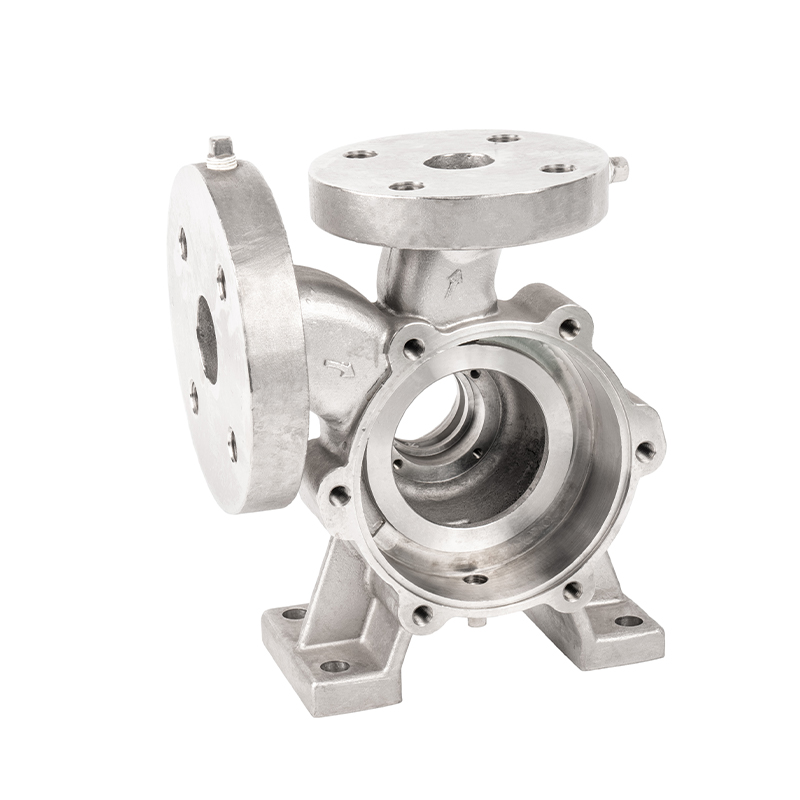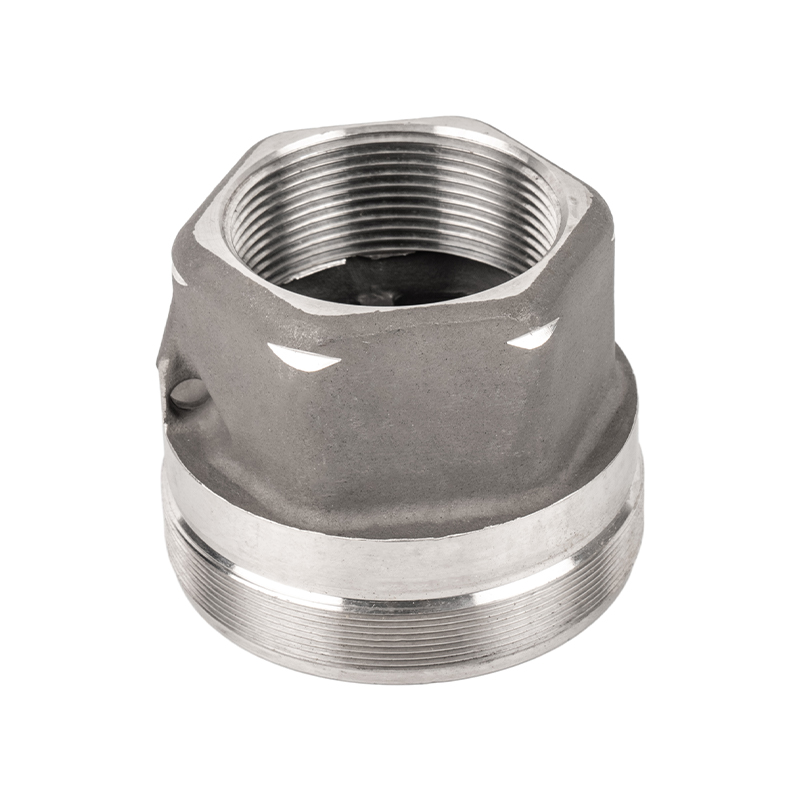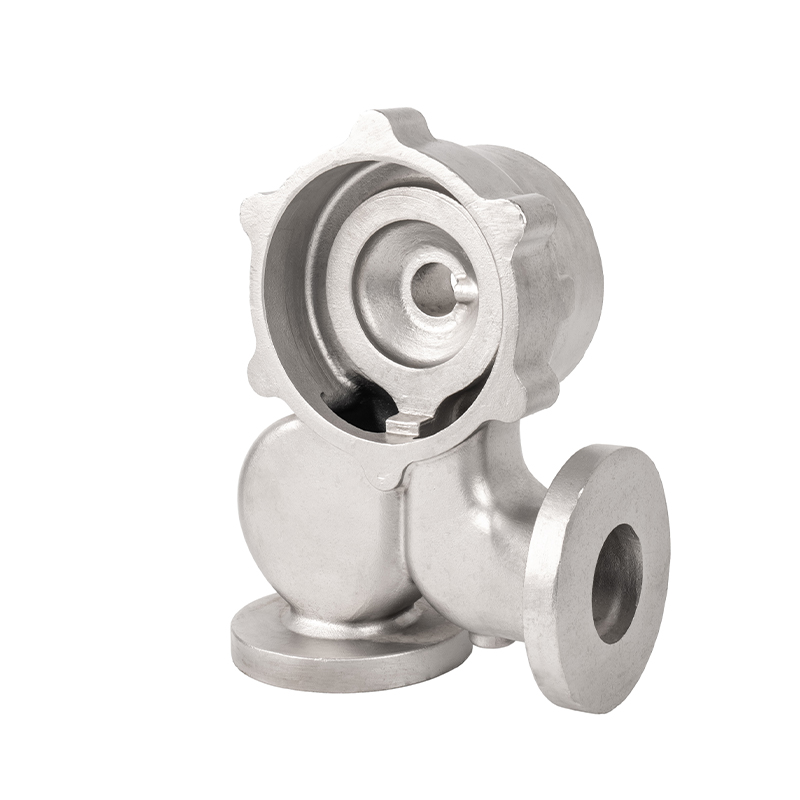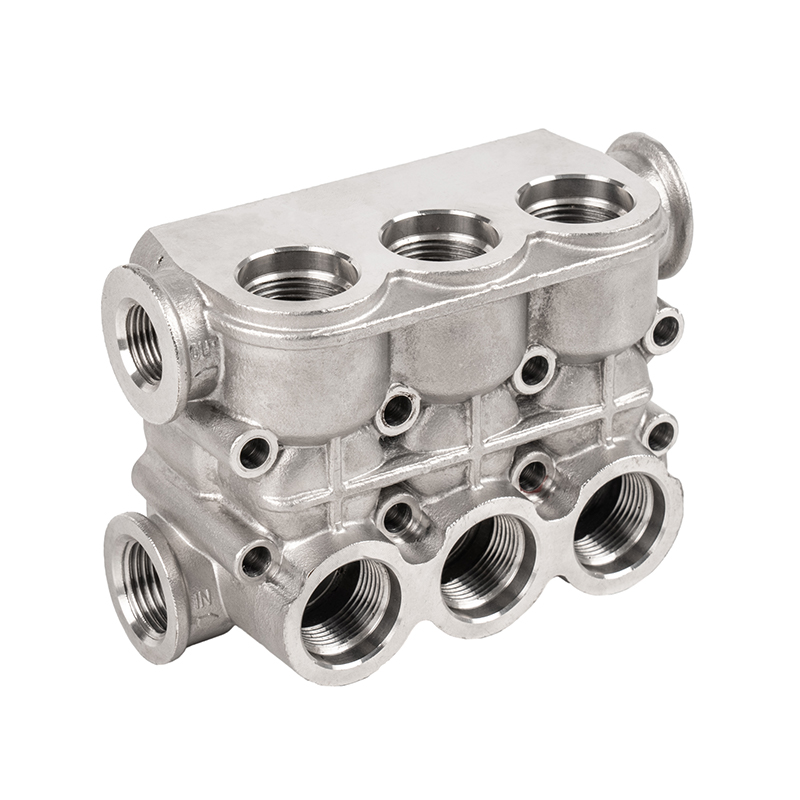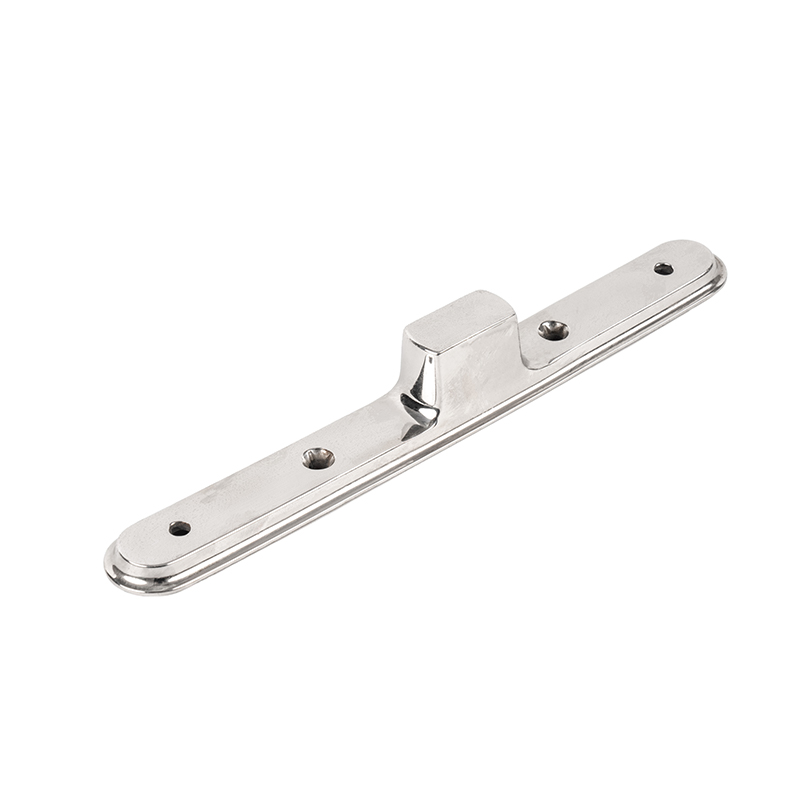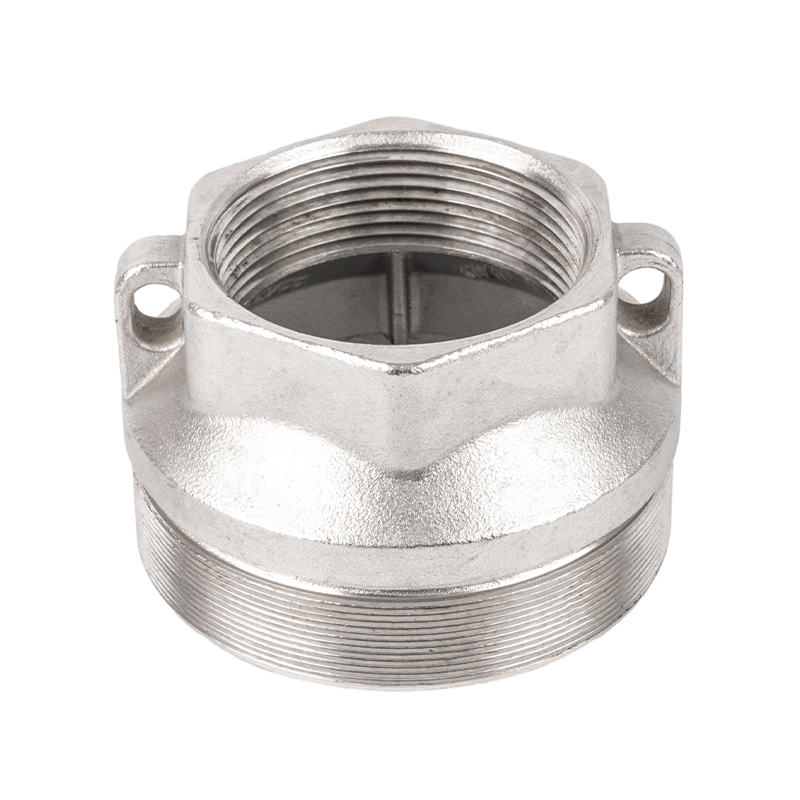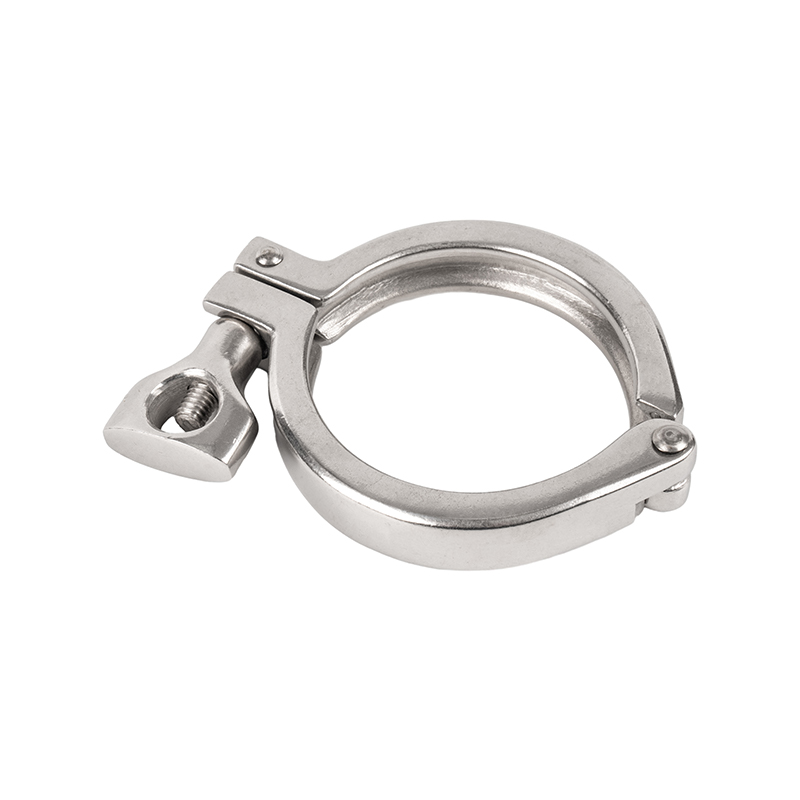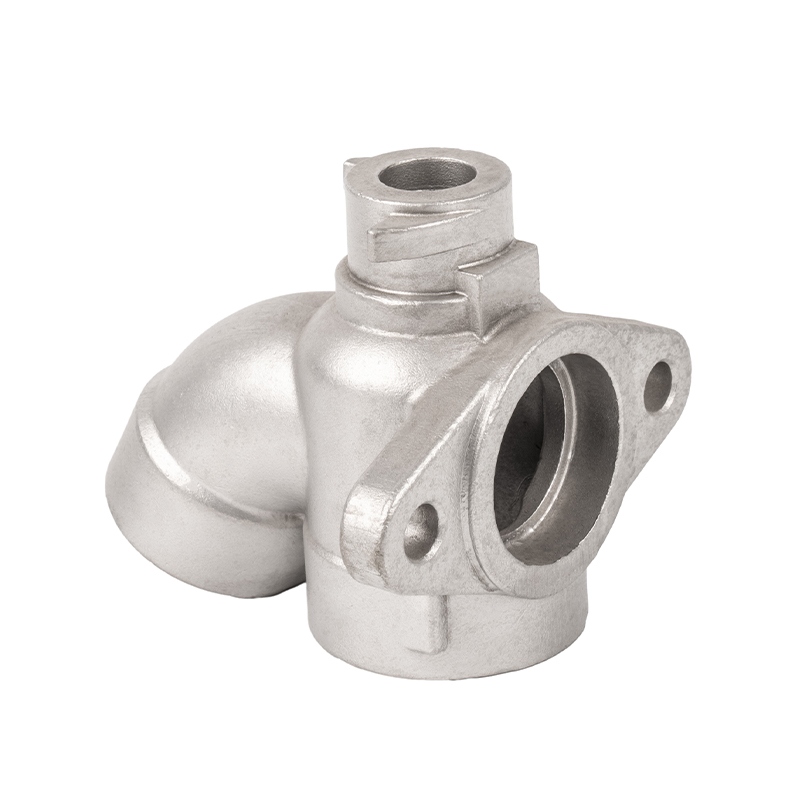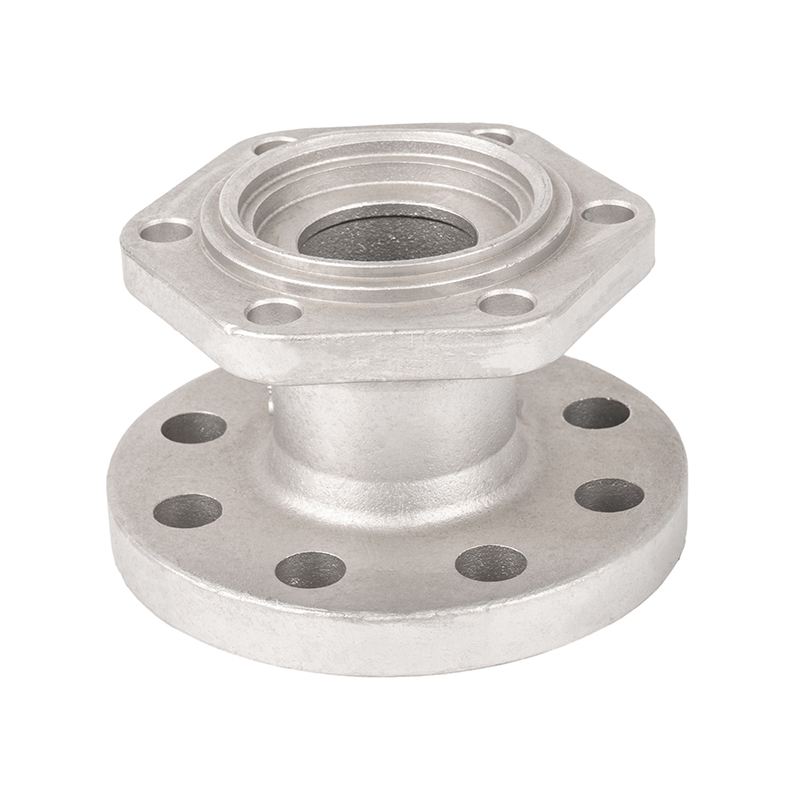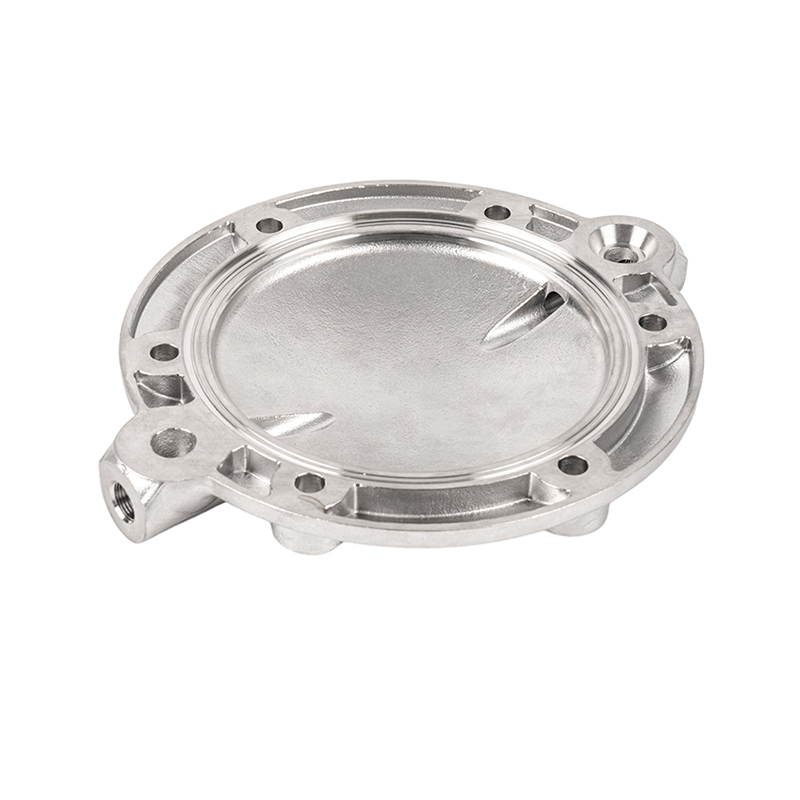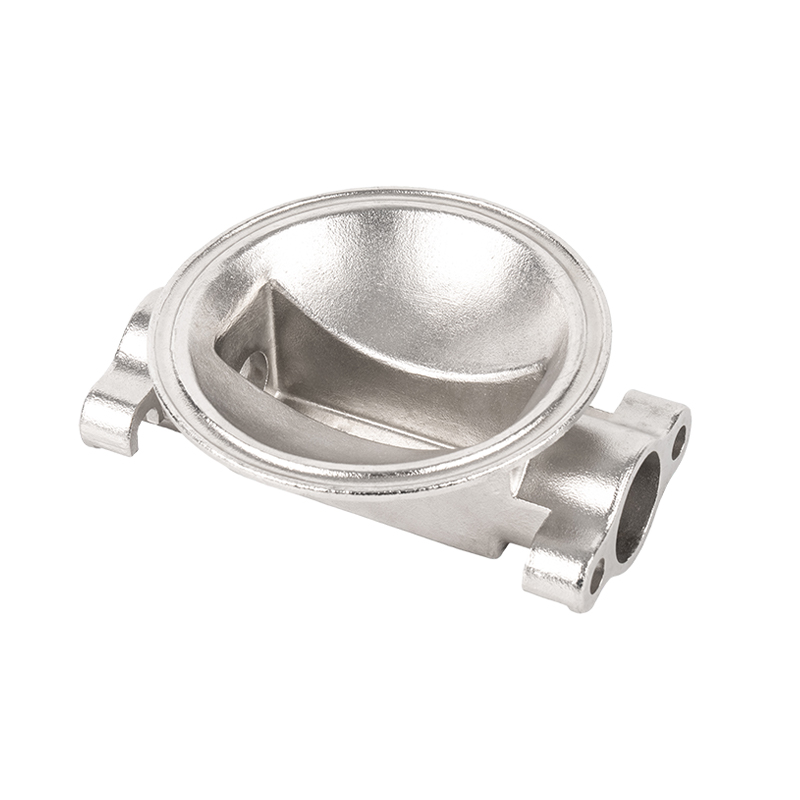What should be paid attention to when designing the connection method of elbow reducer castings
In the design of Elbow Reducer Castings, the choice of connection method is a key factor affecting the stability and safety of the entire pipeline system. The connection method not only concerns the functionality of the castings, but also directly affects the convenience of installation, the feasibility of subsequent maintenance and the reliability of the overall system. Therefore, when selecting the connection method, design engineers need to consider a variety of factors to ensure their effectiveness and safety.
The choice of connection method must take into account the working environment and fluid properties of the pipeline system. Different fluids and working conditions have different requirements for connections. For example, in high temperature and high pressure environments, welded connections are often regarded as the best choice for their excellent strength and sealing properties, and are able to withstand extreme operating conditions. In low-pressure or room temperature systems, threaded connections or flange connections are more suitable because they are relatively easy to install and disassemble. Designers need to choose the connection method that best meets the requirements according to the specific application scenario to ensure that the dual requirements of security and performance are met in actual use.
The design of the connection is also crucial. The connection area must be strong enough to prevent breakage or leakage during work. In addition, the effects of thermal expansion and contraction on the connection need to be considered. In high temperature environments, thermal expansion of the material may cause stress concentration at the connection site, causing connection failure. Therefore, when designing connection parts, engineers usually design the connection gaps and structures reasonably based on the thermal expansion coefficient of the material to reduce stress caused by thermal expansion. In addition, the surface treatment of the connection parts is also an important link that cannot be ignored. Appropriate surface treatment can significantly improve the sealing and corrosion resistance of the connection.
Sealing is another key factor in the design of the connection method. For fluid delivery systems, any form of leakage may bring safety hazards and economic losses. Therefore, when designing the connection method, it is necessary to ensure that the connection part can effectively form a seal. For welding connections, the quality of the weld and welding process directly affect the sealing performance, while in flange connections, the selection and installation process of the gasket are the core of ensuring the seal. Designers need to choose the appropriate sealing material and sealing method according to the nature of the fluid and working conditions to ensure the reliability of the connection.
In addition, the design of the connection method also requires consideration of the convenience of maintenance and maintenance. In some complex piping systems, the contactability of the connections may be limited, which will cause difficulties in subsequent maintenance and maintenance. Therefore, engineers should fully consider the accessibility of the connection parts during design to ensure that they can be easily disassembled and replaced during subsequent maintenance. For equipment that requires regular maintenance, designers may prefer flange connections for quick disassembly and replacement, thereby improving system maintenance.


 English
English Español
Español русский
русский 中文简体
中文简体

